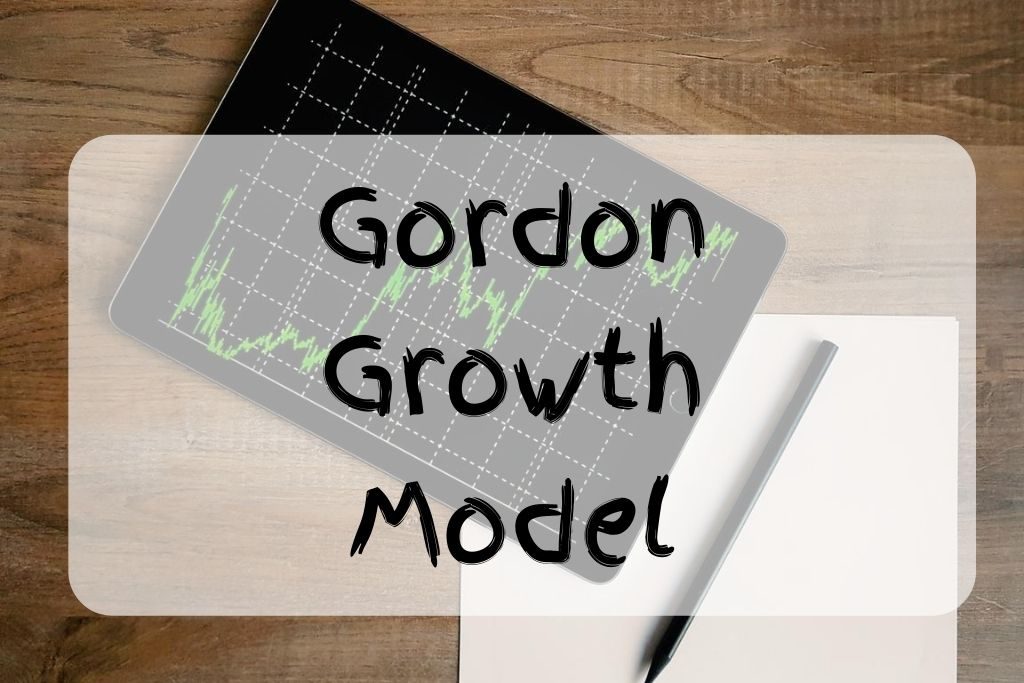What is the Gordon Growth Model?

Definition of the Gordon Growth Model
- The Gordon growth model, or GGM, is used to calculate the intrinsic value of a stock from future dividends.
- The model only works for companies that pay out dividends, which have a constant growth rate.
Want to learn more financial ratios?
Get the eBook explaining some of the most useful ratios for free now.
What Impacts the Gordon Growth Model?
- The required rate of return
- Dividend
- Dividend growth rate
How to Calculate the Gordon Growth Model?
- The intrinsic value of an equity is calculated by dividing the value of the next year’s dividend by rate of return less the growth rate.
P = D1/r – g
(Where P = current stock price, D1 = value of next year’s dividend, g = constant growth rate expected, and r = required rate of return.)
Why is the Gordon Growth Model Important?
- Compared to other valuation methods, the Gordon growth model is much more straightforward to calculate.
- The Gordon growth model helps investors see whether the stocks are undervalued or overvalued.
- With this model, the investors would make a more rational choice when trading stocks.
The Gordon Growth Model in Practice
- For example, if a company lists its stock price at $50, has a required rate of return at 15% (r), pays a dividend of $1 per share you own, and has a constant growth rate of 6% then how would you calculate the stock value?
- $1 ÷ (0.15 – 0.06) = $11.11
- The model would not be practical if the growth rate is equal or more than the required rate of return.
- It is almost impossible for firms to have a constant growth rate over a long period, which violates the assumptions of GGM.
Learn some of the most useful financial ratios!
Don’t miss this free eBook.
